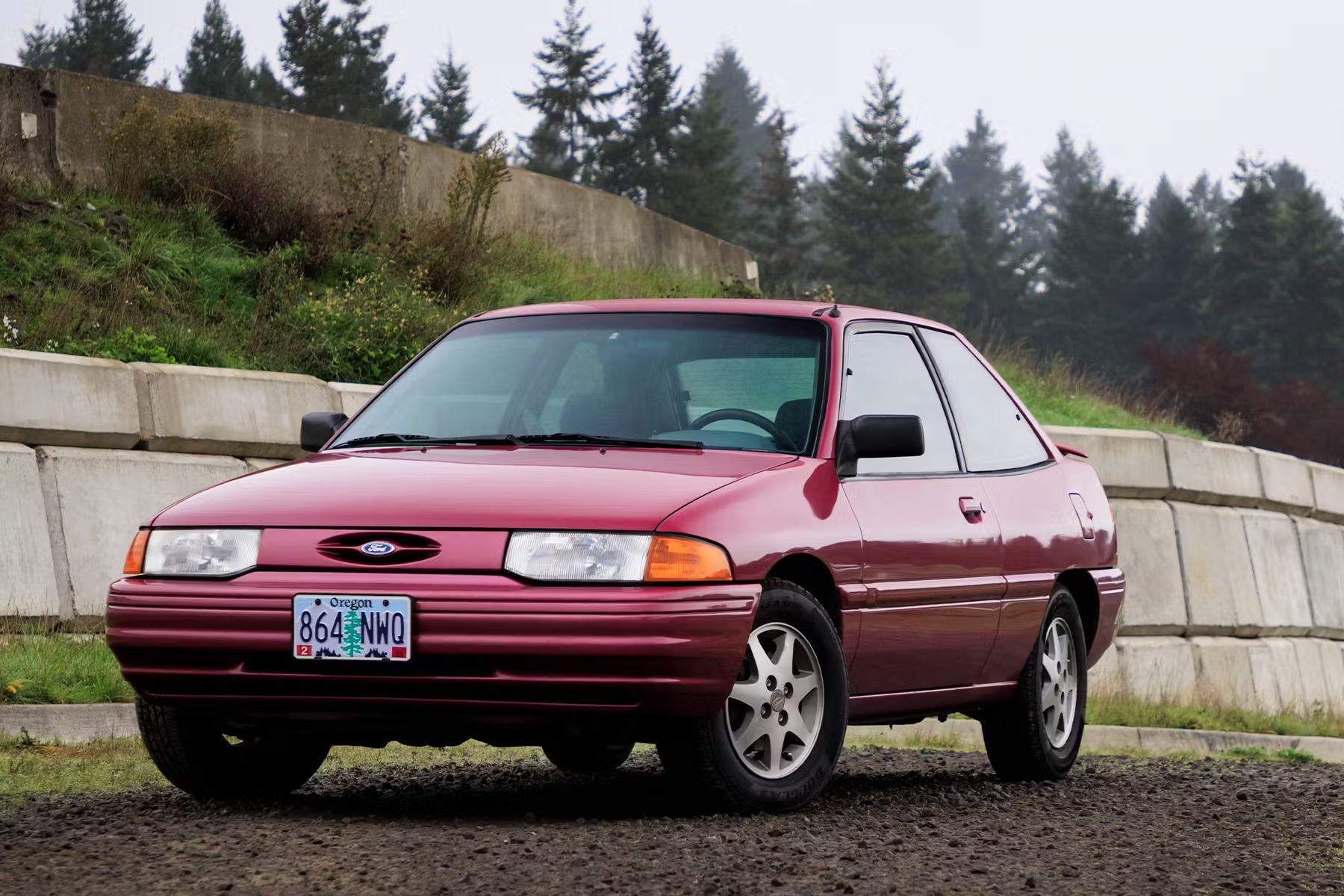Car safety stands as a vital consideration for anyone behind the wheel. Over the years, technological leaps and strict testing protocols have redefined how vehicles manage force during collisions, directly impacting passenger protection.
Modern vehicles roll off assembly lines with meticulously engineered structures that include reinforced cabins, crumple zones, and advanced materials designed to withstand horrific impacts.
These improvements are more than marketing points they are essential to saving lives and reducing injuries on the road.
Yet, a car’s ability to protect its occupants is not set in stone. Time and environmental exposure can impact a vehicle’s crashworthiness. Designs that prove sturdy when new may weaken after years of use, neglect, or corrosion.
Some models shine for their enduring build quality and record for holding strong in accidents, while others’ resistance can fade, amplifying risks as the years accumulate.
Understanding the key players on both sides of this safety divide helps drivers and families make informed decisions every day.
This article first highlights five cars celebrated for their durable crash structures, explaining why these models set the benchmark for long-lasting protection.
Then, attention shifts to five vehicles prone to structural decline with age, revealing what factors erode safety and how this can affect real crash outcomes. Every analysis is grounded in research, crash data, and expert opinions.
Five Cars with Durable Crash Structures
Automotive safety is always advancing, but some vehicles rise above thanks to exceptional resilience and design rigor.
These cars are recognized not only for passing stringent regulatory tests but for scoring high on independent assessments and building reputations for real-world crash performance year after year.
What sets these models apart is the balance between innovative materials, clever engineering, and practical features protecting passengers over time.
Highlighting these vehicles offers valuable insight for those prioritizing safety that lasts, whether purchasing new or used.
This focus stems from the increasing demand among consumers for vehicles that don’t just look strong but demonstrably underpin passenger welfare with long-term reliability.
Each car featured here has been tested, reviewed, and cited for its robust construction, often reflected in consistently high safety ratings and positive testimonials from owners and safety organizations.
The next sections detail how each selected model exemplifies what manufacturers can achieve when crash protection is baked into their design philosophy from the start.
1. Volvo XC90
Volvo’s dedication to safety is no accident. The XC90 frequently ranks among the most reliable and secure vehicles for families, combining Scandinavian engineering with tireless attention to real-world crash outcomes.
This SUV boasts a rigid safety cell built from boron steel, one of the strongest materials in the industry, forming the backbone of its protective structure.
Engineers have worked to distribute crash forces around the passenger area, preventing intrusion even in serious collisions.
Volvo’s commitment to side, frontal, and rollover protection consistently earns top marks in major safety tests. The XC90’s core structure resists deformation remarkably well, even as miles pile up, due to corrosion-resistant alloys and precision assembly techniques.
On top of its physical fortitude, its suite of electronics like automatic emergency braking and advanced stability controls further reduce both the likelihood and severity of impacts.

Highlighting the Volvo XC90 first is important because it sets an industry standard for lasting crash safety.
Unlike some vehicles that peak when new and then diminish, the XC90’s resilience is built to stand the test of time, validated by testimonials from collision repair specialists and crash investigators. Its reputation is not fleeting it’s sustained, supported by robust warranty records and decades of prioritized occupant protection.
2. Subaru Outback
The Subaru Outback demonstrates that long-term crash protection is not exclusive to luxury vehicles.
Recognized for its solid wagon-style frame and symmetrical all-wheel drive, the Outback carries a structure commonly applauded for its high-tensile steel body and effective crumple zones. These features direct crash forces away from occupants, maintaining space within the passenger cabin.
Crash data and third-party studies show the Outback performs exceptionally well in North American and global safety ratings, including roof strength and side-impact tests.
The vehicle’s robust undercarriage and cross-bracing enable it to withstand impacts that would compromise less sturdy models.
Corrosion resistance is another Outback strength, owing to quality materials and effective drainage design, which together help the structural frame retain integrity over years of service.
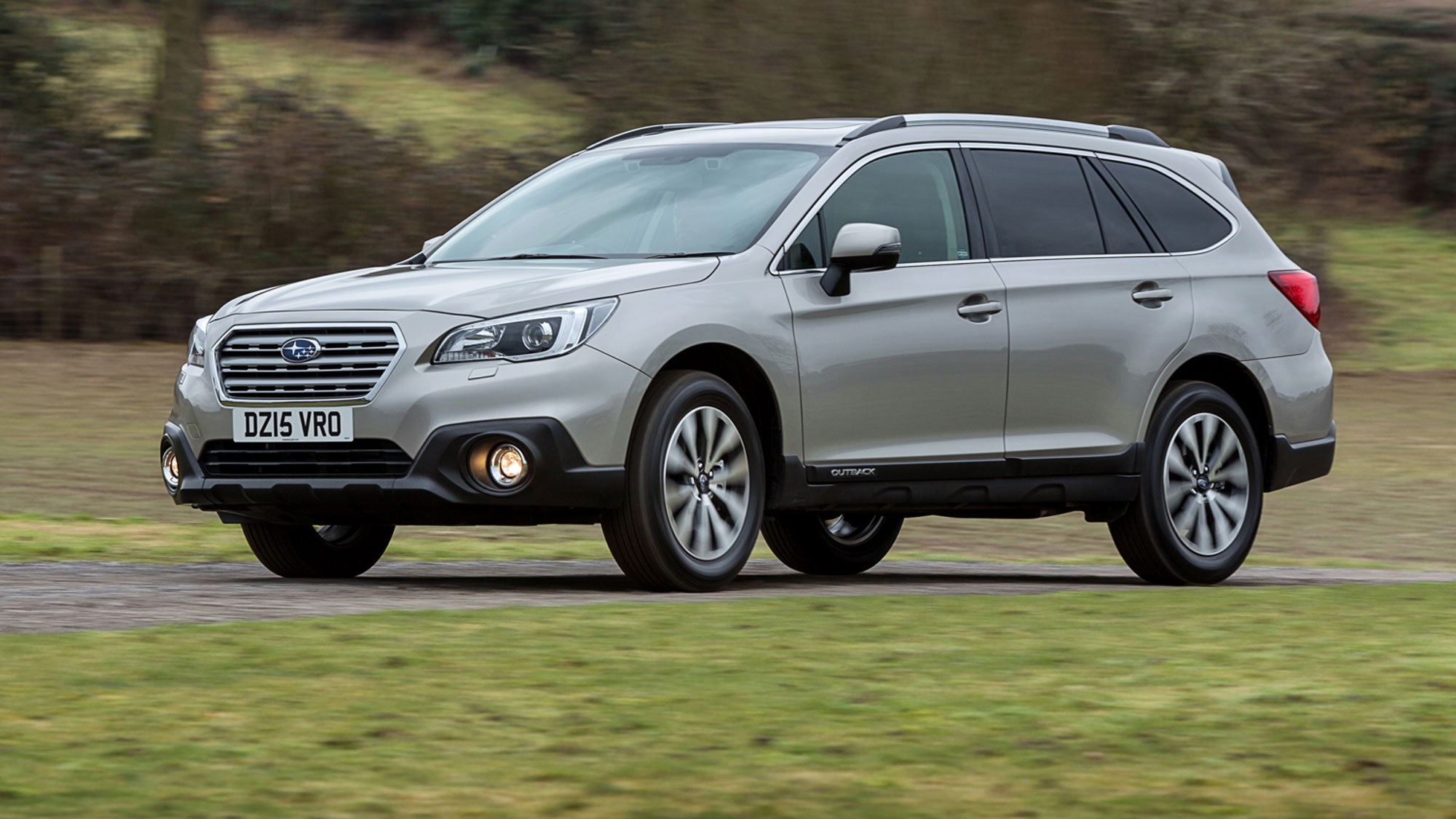
The Outback deserves coverage here because it proves that reliable crash structures are accessible to a broad spectrum of car buyers.
Families and outdoor enthusiasts alike have benefited from decades of consistent safety upgrades. This vehicle’s engineering ensures that, when maintained properly, its protective qualities do not fade prematurely.
3. Audi Q8
Audi’s Q8 stands out as a flagship SUV that brings together progressive technology and structural integrity.
The Q8’s crash-resistant body includes extensive use of ultra-high-strength steel and hardened aluminum, which together reinforce critical zones without adding excess weight.
Results from both government and independent crash tests underline how effectively the Q8 cabin maintains its shape after severe collisions.
The structure is engineered so that doors remain operable after most impacts, which is a crucial factor for safe evacuation in emergencies.
Its performance in roof crush tests is remarkable, withstanding nearly eleven tons of force without collapsing. Over time, this durability is aided by Audi’s strict approach to rustproofing and material quality, both central to the Q8’s enduring safety.
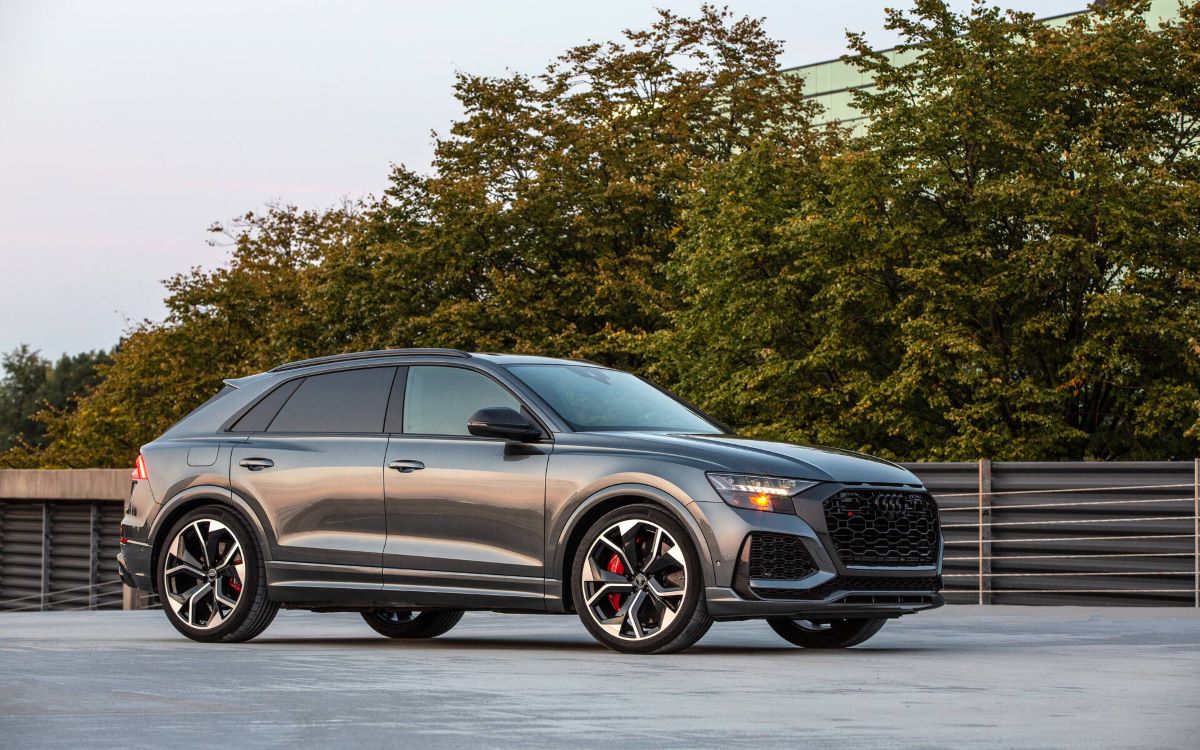
Audi models like the Q8 highlight the role of advanced manufacturing in delivering lasting security, not just for the first owner but through years of use.
Owners and independent automotive reviewers frequently mention the sense of security and confidence stemming from this vehicle’s solid build. By spotlighting the Q8, readers are shown how luxury meets genuine, practical safety.
4. Toyota RAV4
The Toyota RAV4 is consistently celebrated for its comprehensive safety suite and enduring frame. Constructed with a reinforced passenger shell and carefully designed crumple zones, this compact SUV is equipped to absorb and manage crash energy efficiently.
Toyota’s use of high-strength steel not only offers initial protection, it also resists the slow creep of structural fatigue that can plague older vehicles.
Active safety features, such as automated emergency braking, lane-keeping assist, and adaptive cruise control, underscore Toyota’s approach mechanical strength paired with technology.
The RAV4 regularly achieves “Top Safety Pick” status in testing organizations ranging from the Insurance Institute for Highway Safety (IIHS) to the National Highway Traffic Safety Administration (NHTSA).
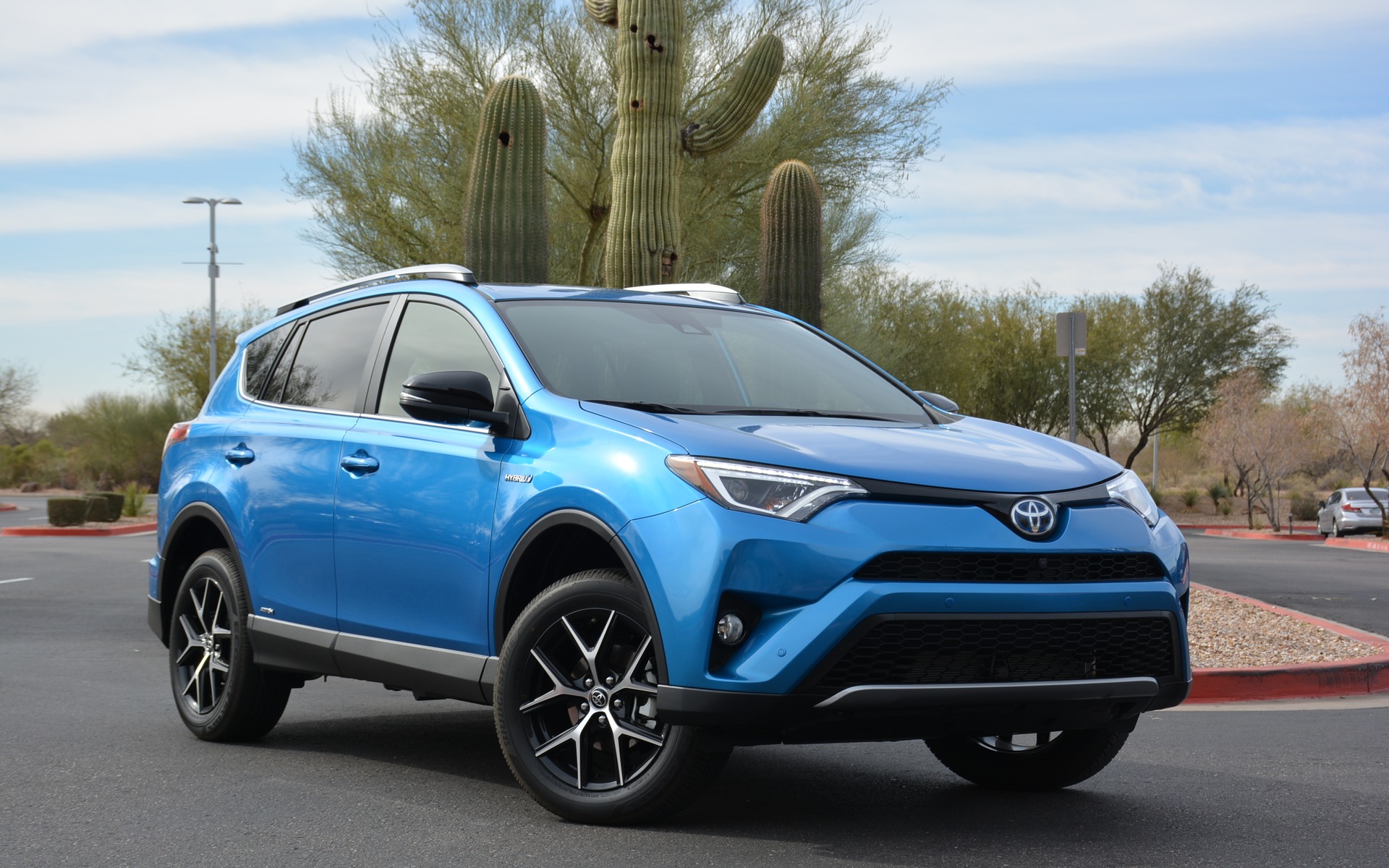
Its well-earned reputation for reliability extends to crash survivability, making it a practical, lasting choice for safety-conscious drivers.
This RAV4’s inclusion here spotlights how a mainstream vehicle can offer crash durability without making sacrifices on affordability or practicality.
Owners looking for an all-rounder that holds up to wear, weather, and the passage of time find reassurance in its consistent performance in both lab settings and real-world collisions.
5. Tata Nexon
Indian automaker Tata proved its commitment to safety when the Nexon became the first from its segment to achieve a five-star Global NCAP crash rating.
This is partly due to the extensive use of high-strength steel in its monocoque chassis, providing both rigidity and energy absorption in severe accidents.
The framework is designed to control deformation and maintain passenger compartment integrity, even after repeated exposure to urban driving stress and challenging weather.
Engineers paid close attention to weld points, anti-corrosion treatments, and modular repairability to ensure that the Nexon holds its crash performance over years of daily use.
Passive safety features like ISOFIX child seat anchorages and actively monitored electronic stability control further preserve occupant safety long after the vehicle leaves the showroom.
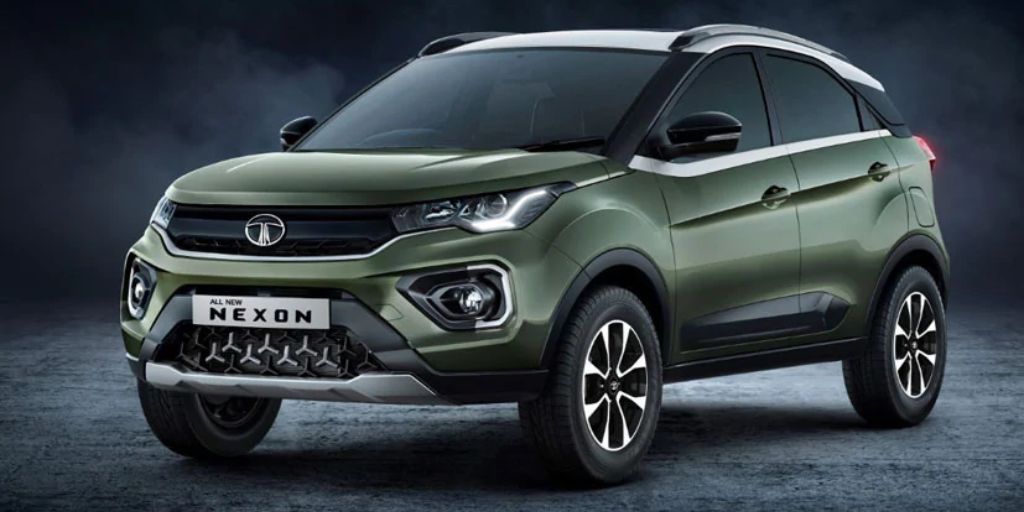
By focusing on the Tata Nexon, the intention is to showcase how global safety trends are spreading, demonstrating durable crash safety is not limited to Western or premium manufacturers.
The Nexon serves as a milestone for emerging markets, proving that thoughtful engineering and rugged build quality can make cars endure accident forces reliably, enhancing trust for drivers and passengers.
Five Cars That Weaken with Age
While certain vehicles earn a reputation for resilience, others become a source of concern as structural reliability fades with years or heavy use.
Factors such as material fatigue, corrosion, outdated safety designs, and lack of modern reinforcements can combine to reduce a car’s crashworthiness. When the frame or body loses its capacity to manage impact, risks rise dramatically for drivers and their families.
This reality becomes more pressing as many drivers rely on older cars for affordability, unaware of compounding hazards beneath the surface.
Makers once built vehicles heavier, but advances in structural engineering now show that weight does not equal strength. Modern safety improvements have left many older models lagging far behind, both by design and through the cumulative effects of time.
By highlighting five well-documented examples of vehicles either classic models or those shown through research to suffer notable decline this section aims to provide a cautionary guide for anyone considering keeping or buying older cars.
Every example demonstrates why vigilance about aging structures matters, both for daily peace of mind and in life-or-death moments.
1. 1993–1997 Ford Escort
The Ford Escort from the early 1990s was a staple for many families, largely due to its affordability and fuel efficiency. However, safety experts have flagged the model’s vulnerability as it ages.
Structurally, these cars possess limited use of reinforced steel in critical zones, relying instead on simpler body designs that were common before current safety standards took hold.
Over time, the metal components in Escorts are susceptible to rust, especially in climates with heavy road salt use. As corrosion advances, beams intended to absorb crash energy fail to perform, increasing the risk of cabin intrusion during collisions.
This decline is especially acute in cars that have not seen regular undercarriage inspections or rust management.
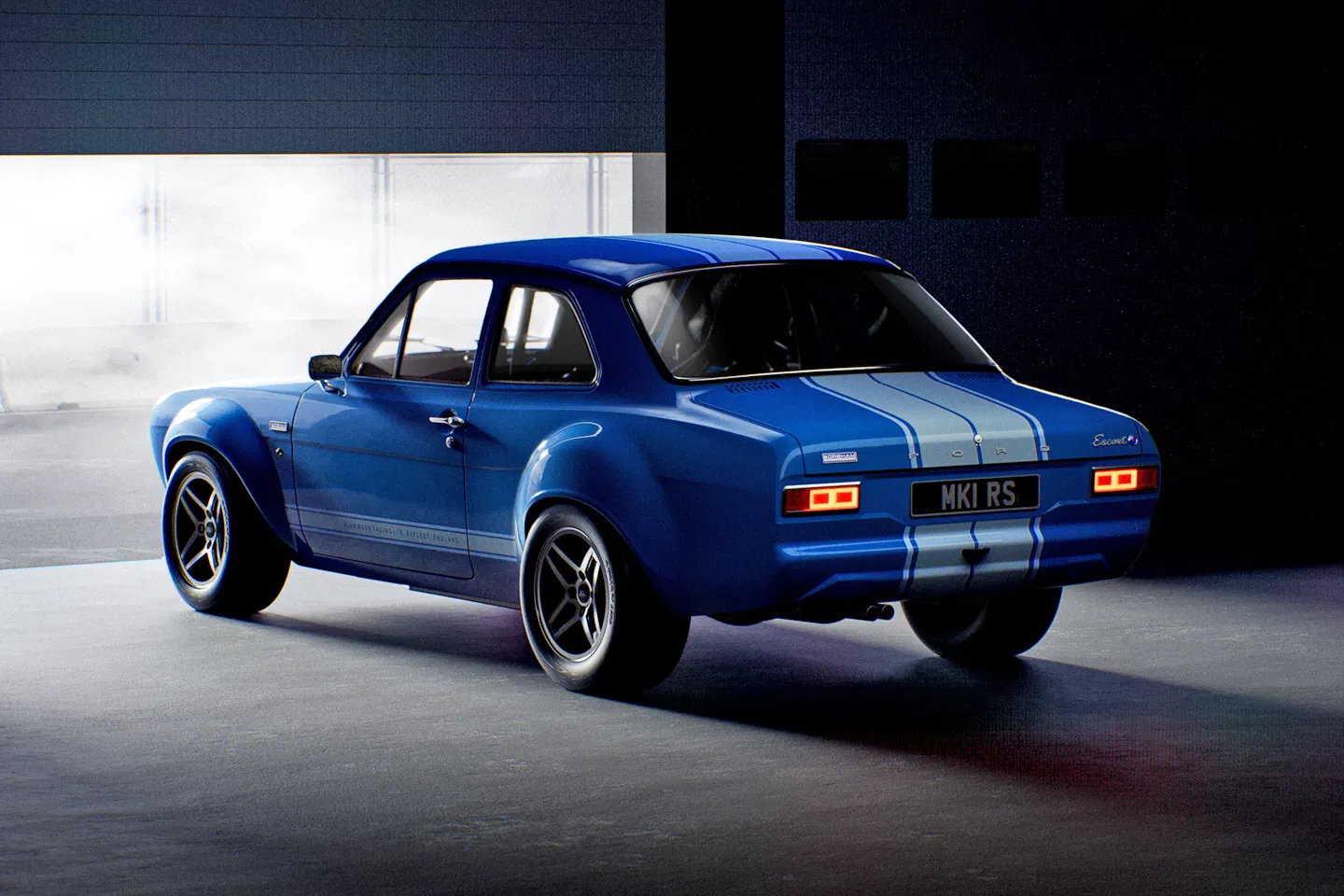
Without side airbags and featuring only basic restraint systems, early Escorts fall well short of modern benchmarks in both actual tests and statistical survival rates.
Subsequent generations of the vehicle addressed many of these shortcomings, but the 1993–1997 version remains notorious in fatality risk data.
Bringing light to this model reinforces the message that simply “making it through the years” does not equate to safe crash performance in real emergencies.
2. Pre-1995 Chevrolet Caprice
The Chevrolet Caprice, often recognized for its robust frame and imposing size, is a clear illustration of how outdated engineering can lead to a false sense of security.
Cars from this era, including the Caprice, emphasize heavy sheet metal rather than structurally controlled impact zones. This approach protected occupants primarily through mass rather than strategic crumple or reinforced cab designs.
With the passage of time, the Caprice’s underlying chassis and body panels are prone to deep-seated rust, especially in northern regions.
The metal’s gradual weakening disrupts the intended force distribution during a crash, raising the likelihood of intrusion into the occupant space.
Vulnerabilities often appear at stress points around the suspension or where the frame and body join, just as those components are needed most during an accident.
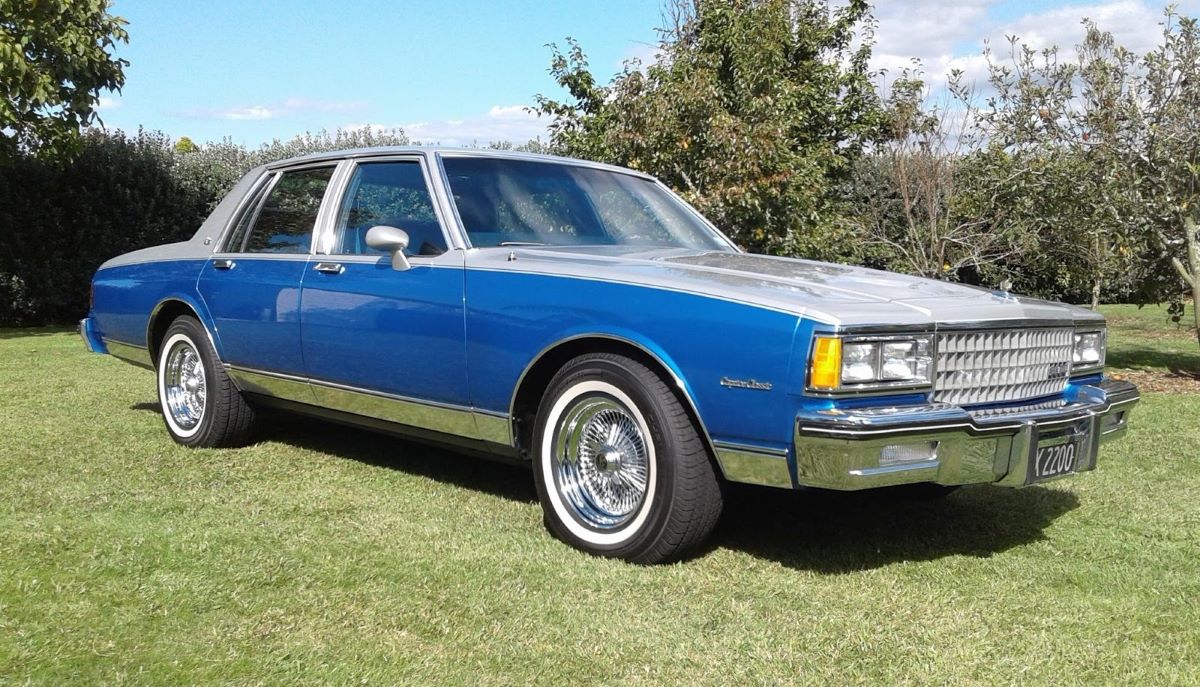
Research consistently shows a marked increase in fatality rates for drivers and passengers in older model Caprices compared with newer, similarly sized cars.
This model is vital to discuss because it stands as an example of a beloved “big car” that, through age and outdated design, may now pose greater risks on the road than its size suggests.
3. Early 2000s Chrysler Town & Country
Though the Chrysler Town & Country minivan became a family favorite for spaciousness, its crash safety record has proven spotty, particularly as these models rack up years and miles.
Structural weaknesses in the side frames and the lack of comprehensive reinforcement around sliding doors have been criticized by analysts reviewing crash data.
Over time, these vulnerabilities are compounded by rust, exposure to moisture, and metal fatigue, especially in areas prone to wet weather and road salt.
Aging minivans, especially those from the early 2000s, have higher rates of cabin intrusion in side-impact and small-overlap frontal crashes.
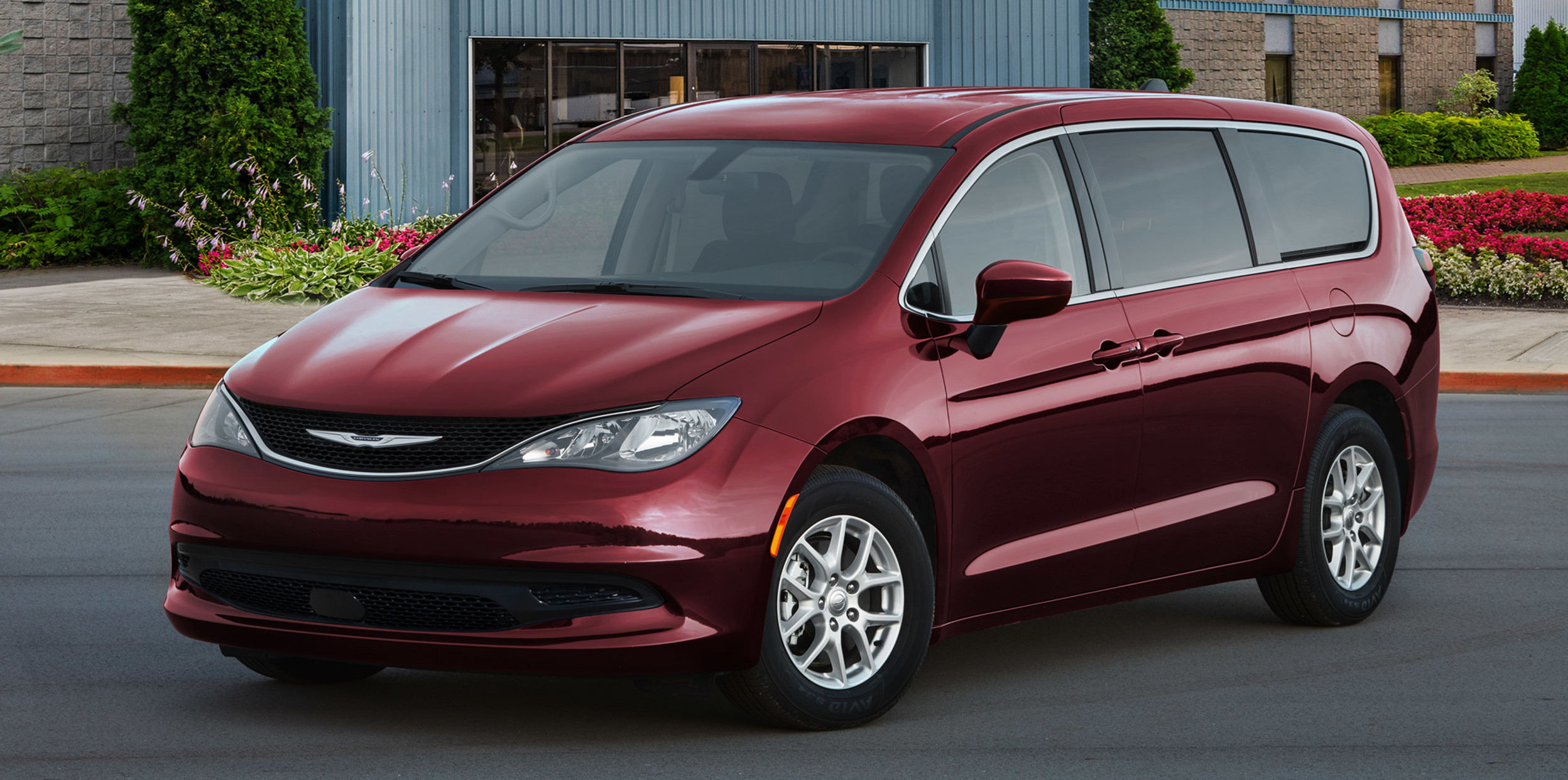
The absence of advanced airbag protection and electronic stability control adds to the danger as technological advancements leap forward. Accumulated wear alongside minimal rust-resistant design has led to disappointing real-world outcomes during severe crashes.
Highlighting this minivan is critical because it demonstrates that even family-targeted vehicles can become unreliable protectors as they grow older.
The lessons for drivers are clear: what may have been passable at the time of sale can become genuinely hazardous without significant design updates and ongoing maintenance.
4. 1984 and Older Toyota Corolla
The Toyota Corolla’s modern reputation for reliability was hard-earned, but its oldest variants still roaming the roads today offer a very different safety picture.
These early models lack not just airbags and electronic stability systems, but also modern crumple zones and side protection beams. Structurally, the metal often appears thick but is unsupported by reinforcements found in vehicles built after the mid-1990s.
Long exposure to humidity, road salt, and cycles of heating and cooling can accelerate deterioration by rust, eating away at critical points such as wheel wells and rocker panels.
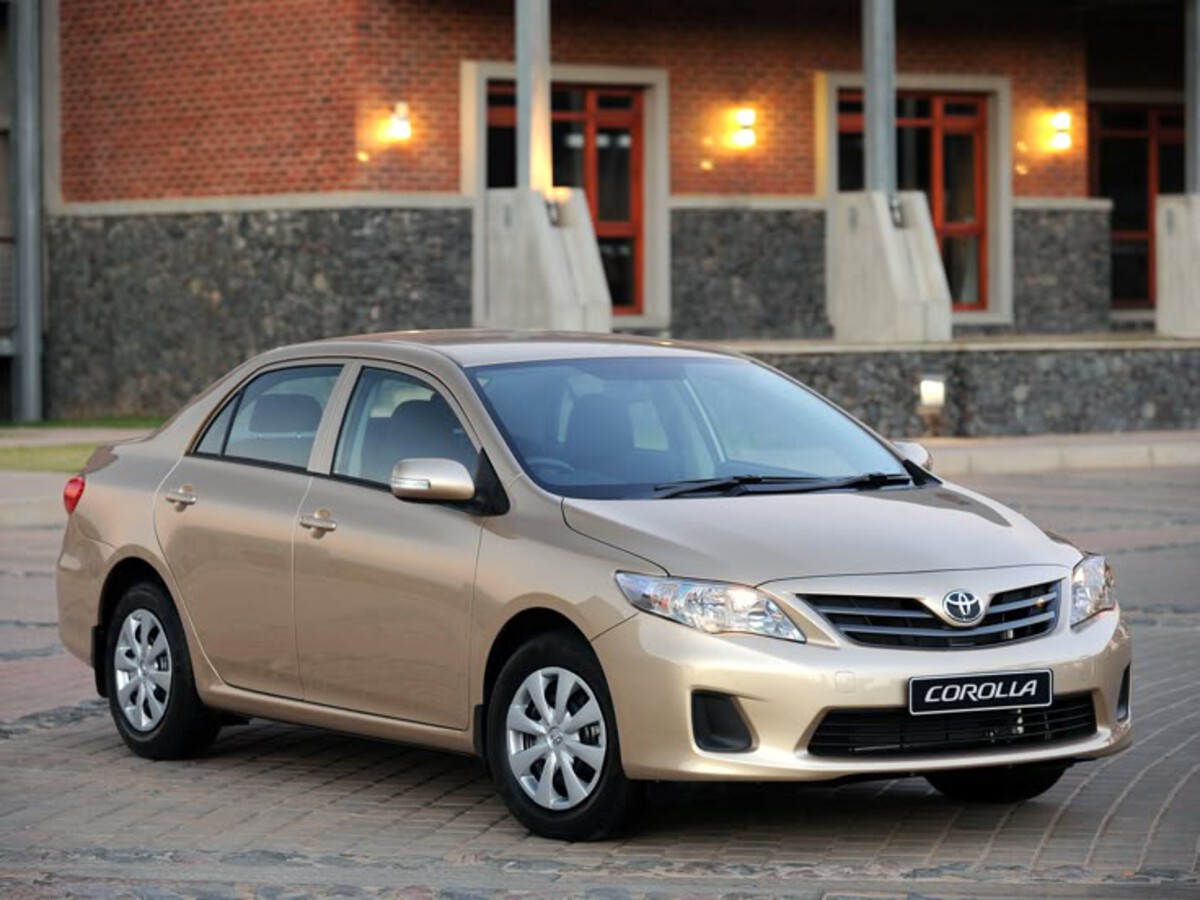
This corrosion undermines the Corolla’s ability to channel crash forces safely, putting occupants at substantial risk during accidents. Data from several studies supports a much higher fatality rate in accidents involving vehicles from this era.
Discussing the 1984 and earlier Corolla is essential for exposing risks associated with keeping older cars as daily drivers.
Continued loyalty to such models may arise out of nostalgia or perceived simplicity, but the decline in structural protection is significant and potentially life-threatening for modern families and commuters.
5. Classic Chevrolet Bel Air
No discussion of aged vehicles with waning crash structure is complete without reference to the iconic Chevrolet Bel Air.
While admired for its stature and vintage charm, crash tests have revealed that its body-on-frame construction and lack of reinforced occupant compartments lead to catastrophic failures in moderate to severe accidents.
During controlled collisions with modern vehicles, the Bel Air’s structure crumples extensively, allowing intrusion deep into the passenger zone.
The deterioration of core body mounts and frame connections through rust and fatigue further diminishes whatever strength the Bel Air once had, particularly in examples that have not benefited from restoration or meticulous care.
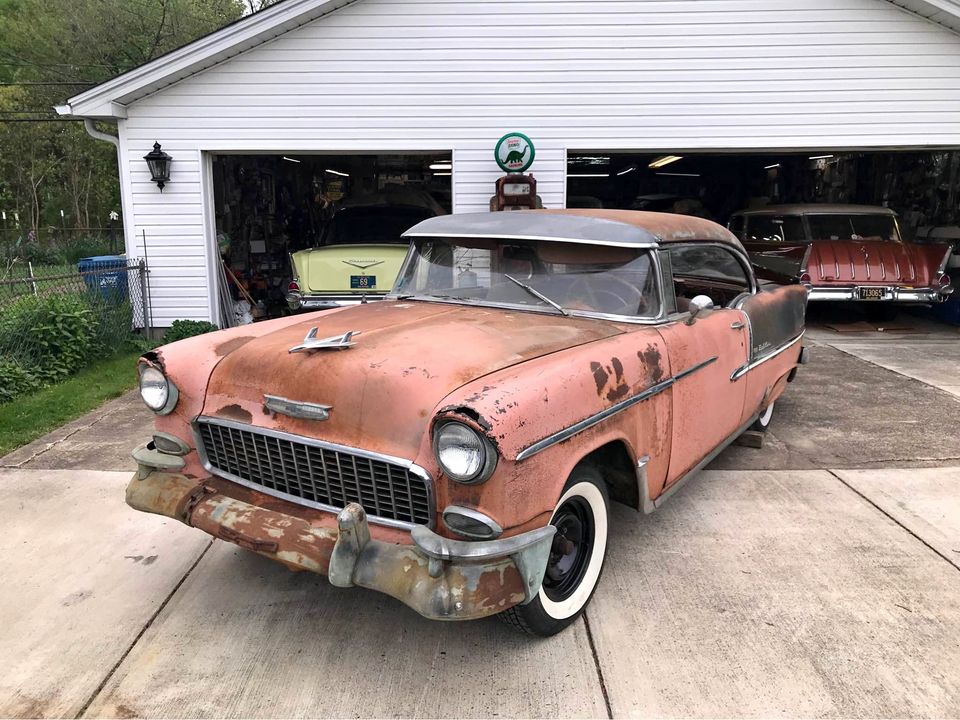
Compared with cars built under present-day safety standards, the Bel Air now subjects its occupants to very real and heightened risks of fatal injury during high-impact events.
Bringing up the classic Bel Air serves as a final, compelling argument for why safety standards and materials science have progressed so quickly.
While these cars have a respected place in history and as showpieces, their poor crash outcomes when aged underline the gap between nostalgic sentiment and tangible, dependable protection on today’s roads
Car safety is a crucial factor for every driver and family, shaping decisions on which vehicle to buy and how long to keep it on the road.
Advances in design, manufacturing, and materials have produced cars with strong structures made to protect occupants during collisions.
Some models, thanks to innovative engineering and rigorous safety standards, have proven their ability to withstand crashes and maintain structural integrity over years of use.
However, not all vehicles age gracefully many lose their primary safety features as rust, metal fatigue, and outdated design erode their crashworthiness.
The first part of the article highlights five cars celebrated for their durable crash structures. The Volvo XC90 stands out for its use of boron steel and rigid safety cell, combining fitted electronic aids and outstanding resistance to long-term wear.
The Subaru Outback offers high protection for a mainstream price, with high-tensile steel and intelligently designed crumple zones.
Audi Q8 blends luxury with robust safety, utilizing ultra-high-strength steel and clever reinforcements that keep occupants safe, even in severe collisions.
The Toyota RAV4 brings dependability and longevity to crash safety, built with advanced materials and smart design features known to withstand years of weather and wear.
The Tata Nexon, designed by an Indian manufacturer, achieved international recognition for its monocoque frame and high-grade steel, bringing durable safety to developing markets.
Each of these cars demonstrates that durable crash protection is not reserved for luxury brands or high-end budgets.
Their consistent test scores and real-world survival stories set a benchmark for what drivers should demand, especially as people are keeping vehicles longer than ever before.
Modern manufacturing has demonstrated that strong crash structures can remain effective for years if engineered with the right materials and design priorities from the outset.
In contrast, the article examines five vehicles known for structural weaknesses that worsen over time. The 1993-1997 Ford Escort’s basic steel construction is highly susceptible to corrosion, especially in colder climates, causing vital beams to fail when needed most.
The pre-1995 Chevrolet Caprice, originally valued for its hefty size, lacks the reinforcing structures of later models and depends on the sheer mass, which doesn’t compensate as rust and fatigue set in.
Early 2000s Chrysler Town & Country minivans grow less protective as their structural frame and body panels degrade, particularly at stress points vulnerable to moisture and salt.
Toyota Corolla models built before 1985 completely lack modern crash features like airbags or crumple zones, with fragile frames heavily affected by prolonged exposure to the elements.
The classic Chevrolet Bel Air, often seen as a symbol of mid-century Americana, has been shown in modern crash tests to provide little real-world protection, with its body-on-frame design allowing dangerous passenger compartment intrusion and catastrophic failures as it ages.
Showcasing these vehicles serves as a sobering reminder that age, outdated engineering, and neglect can rob even the most beloved or practical cars of their safety advantages.
Weight alone does not equal strength; without modern reinforcements and materials, older cars cannot be depended upon in the same way as well-designed contemporaries.
This makes regular maintenance, structural inspections, and an understanding of vehicle history essential for anyone driving or considering an older car.
Ultimately, the article directs awareness to two fundamental truths: great engineering creates cars that protect for years, but even the most iconic vehicles can become hazardous liabilities when the forces of time, weather, and design limitations catch up.
Informed motorists benefit by knowing which cars promise lasting safety and which face increasing risks as the miles and years add up.
By making safety and integrity a top priority, drivers and families can better navigate both the promise and the pitfalls of automotive longevity.
Also Read: 5 SUVs That Handle Carpool Duty for a Decade and 5 That Break Before the Lease Ends

